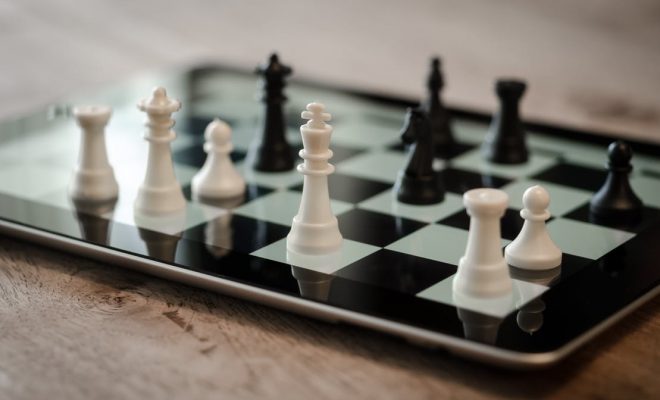Let Your Students Outsmart You with Digital Escape Rooms

Digital escape room creation is the one thing you should be doing for your students.
Most kids of all ages love exploratory learning, and escape rooms are all that and more. Founded on the idea of outsmarting an opponent, breakout rooms offer students an opportunity to outwit their teacher in a fun and hands-on experience.
The best escape rooms require participants to make higher level connections in thinking, work as a member of a team sharing a similar goal, and perhaps hardest of all, ask for help when needed. Live escape rooms can be a challenge to pull off, especially because some of them may be terrifying for younger children.
Digital escape rooms are a better alternative to live escape rooms. There’s no chance of children feeling confined and developing anxiety about the escape. Instead, they can access the digital room without fear. Students can take a break at any time during the simulation.
The digital escape room in 4 easy steps
The steps in creating a room will have you designing digital escape rooms with the skill of Toshimitsu Takagi, the first digital escape room video designer (2004).
1. Pick a topic.
Digital escape rooms lend themselves to abiotic factors in ecosystems just as easily as they do studying literature like Fahrenheit 451 or math concepts like the Pythagorean Theorem. Anything you’re teaching can become a digital escape room.
2. Develop the clues.
You know your student better than anyone. Use the rapport you’ve built with your students to create the kinds of clues you know they’ll enjoy. These clues may include math formulas, secret messages, and even riddles or “insider” information from earlier class assignments.
3. Keep it brief.
Avoid the temptation to make a highly-complex escape room featuring dozens of locks. The rule of thumb is that each lock should take about ten minutes to open. Four or five locks are sufficient to engage your students but not overwhelm or frustrate them.
4. Create your digital locks.
You don’t have to worry about securing a physical space or manipulating live lock boxes. Instead, you will need to identify digital locks tor your students to unlock. When you link several locks together, you add the rigor students need for critical thinking.
You don’t have to design your digital escape room alone, either. Take a cue from the expectations you have of your students, and collaborate with the other teachers in your grade level or department. Together you can help each other build breakout rooms designed around a common theme.
Teach your students the process
Building the breakout room is only the beginning of the digital journey.
Once you’ve designed and created the escape room, you still have two tasks ahead. The first lies in teaching your students how to use the digital puzzle awaiting them. They need to know the behavioral and academic expectations. Furthermore, show how you intend to evaluate their progress in escaping from the breakout room.
Your students will still be eager to prove they can outsmart you!






